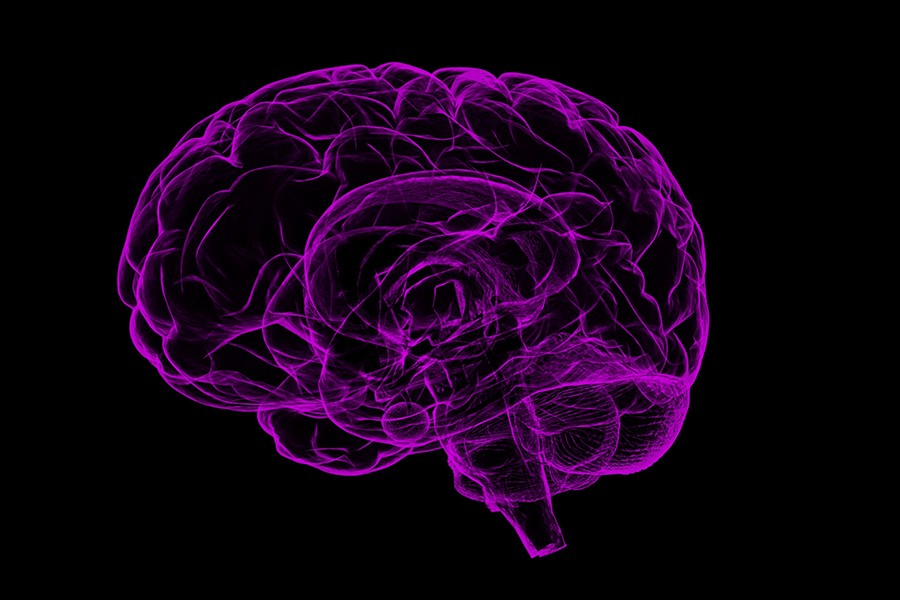- Name
- Michelle Landrum
- mlandru5@jhu.edu
- Office phone
- (443) 287-2769
- Cell phone
- (443) 847-0195
- Name
- Barbara Benham
- bbenham1@jhu.edu
The prevalence of autism spectrum disorder at 11 surveillance sites was one in 59 among 8-year-olds in 2014, according to a new U.S. Centers for Disease Control and Prevention report, a 15 percent increase from the most recent report two years ago and the highest prevalence since the CDC began tracking ASD in 2000.
Consistent with previous reports, boys were four times more likely to be identified with ASD than girls. The rate is one in 38 among boys (or 2.7 percent) and one in 152 among girls (or 0.7 percent). Researchers at the Johns Hopkins Bloomberg School of Public Health contributed to the report.
ASD is a developmental disorder characterized by social and communication impairments, combined with limited interests and repetitive behaviors. Early diagnosis and intervention are key to improving learning and skills. Rates have been rising since the 1960s, but researchers do not know how much of this rise is due to an increase in actual cases. There are other factors that may be contributing, such as increased awareness, screening, diagnostic services, treatment and intervention services, better documentation of ASD behaviors, and changes in diagnostic criteria.
For this new report, the CDC collected data at 11 regional monitoring sites that are part of the Autism and Developmental Disabilities Monitoring Network in the following states: Arizona, Arkansas, Colorado, Georgia, Maryland, Minnesota, Missouri, New Jersey, North Carolina, Tennessee, and Wisconsin. (A report with individual state findings is available online).The Maryland monitoring site is based at the Bloomberg School in Baltimore.
This is the sixth report by the ADDM Network, which has used the same surveillance methods for more than a decade. Estimated prevalence rates of ASD in the U.S. reported by previous data were:
- One in 68 children in the 2016 report that looked at 2012 data
- One in 68 children in the 2014 report that looked at 2010 data
- One in 88 children in the 2012 report that looked at 2008 data
- One in 110 children in the 2009 report that looked at 2006 data
- One in 150 children in the 2007 report that looked at 2000 and 2002 data
"The estimated overall prevalence rates reported by ADDM at the monitoring sites have more than doubled since the report was first published in 2007," says Li-Ching Lee, a psychiatric epidemiologist with the Bloomberg School's departments of Epidemiology and Mental Health and the principal investigator for Maryland-ADDM. "Although we continue to see disparities among racial and ethnic groups, the gap is closing."
Autism spectrum disorder prevalence was reported to be approximately 20 to 30 percent higher among white children as compared with black children in previous ADDM reports. In the current report, the difference has dropped to 7 percent. In addition, approximately 70 percent of children with ASD had borderline, average, or above average intellectual ability, a proportion higher than that found in ADDM data prior to 2012.
Some trends in the latest CDC report remain similar, such as the greater likelihood of boys being diagnosed with ASD, the age of earliest comprehensive evaluation, and presence of a previous ASD diagnosis or classification. Specifically, non-white children with ASD are being identified and evaluated at a later age than white children. The majority of children identified with ASD by the ADDM Network (80 percent) had a previous ASD diagnosis or a special educational classification.
In Maryland, the prevalence of ASD was higher than in the network as a whole. An estimated one in 50 children (2 percent) was identified as having ASD—one in 31 among boys and one in 139 among girls. The data were derived from health and special education records of children who were 8 years old and living in Baltimore County in 2014.
Lee notes, similar to previous reports, the vast majority of children identified with ASD in Maryland had a developmental concern in their records by age 3 (92 percent), but only 56 percent of them received a comprehensive evaluation by that age.
"This lag may delay the timing for children with ASD to get diagnosed and to start receiving needed services," says Lee, an associate director of the school's Wendy Klag Center for Autism and Developmental Disabilities.
The causes of autism are not completely understood; studies show that both environment and genetics may play a role. The CDC recommends that parents track their child's development and act quickly to get their child screened if they have a concern, and has made available online a free checklist and information resource for parents, physicians, and child care providers.












